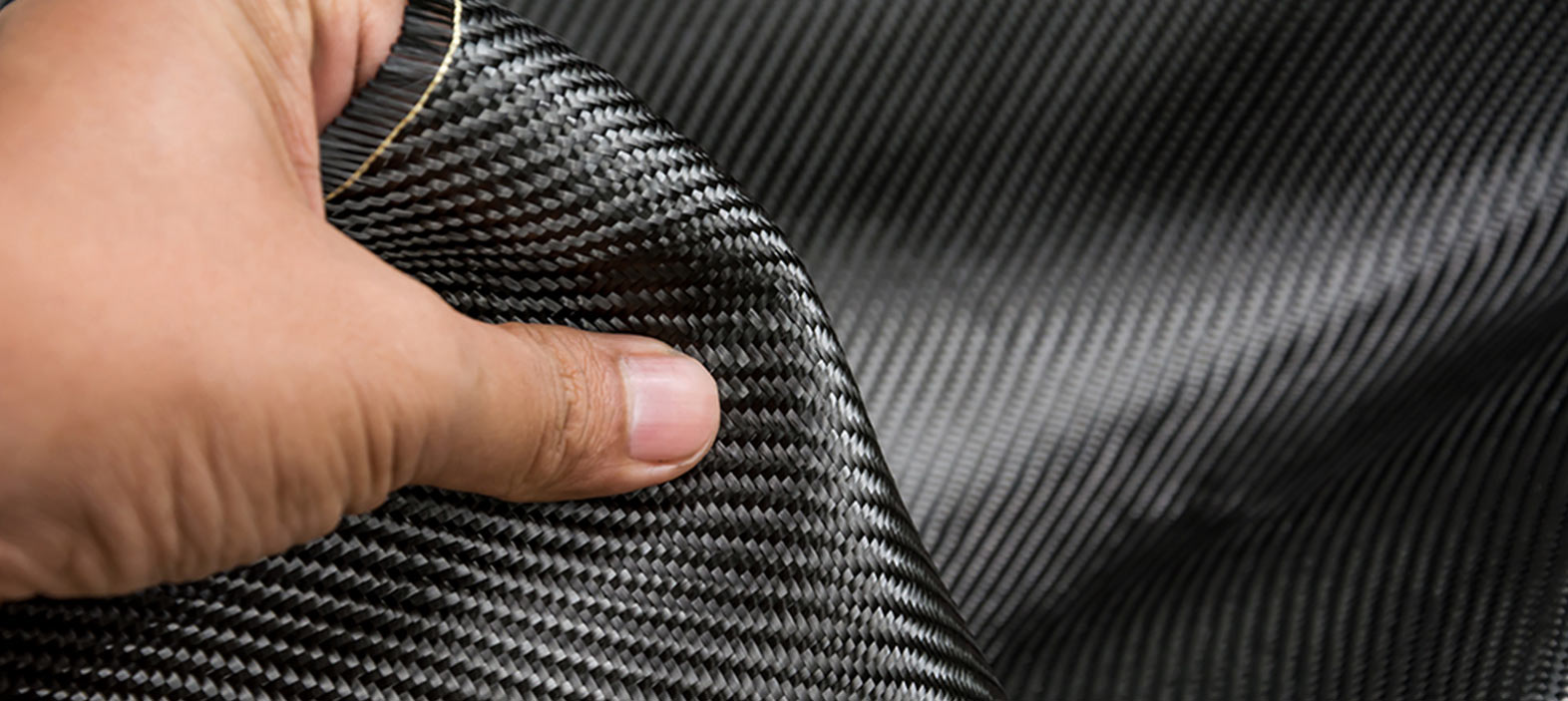
Navigating the World of Carbon Fiber: Single-Sided vs Double-Sided Prepreg
👁 Reads: 313
The major decision that manufacturers of carbon fiber make are whether to use single- or double-sided prepreg. Prepreg is a short way of saying "pre-impregnated," which refers to carbon fiber sheets coated with a kind of resin—usually either epoxy or polyurethane. The type of prepreg used can considerably affect the final product's characteristics, performance, and manufacturing. There is often a considerable difference between the mechanical properties and applications of single-sided and double-sided prepreg carbon fiber. Single-sided prepreg often means lightweight and easy to handle, thus found in certain applications where weight reduction is significant. However, it may miss some structural integrity characteristics in comparison to the double-sided prepreg, which is stronger, and stiffer, and offers these at the level where the lay-up is done symmetrically. This article will explain the differences between single-sided and double-sided prepreg, and their pros and cons so that you can make a reasoned choice when working with carbon fiber.
What is Single-Sided Prepreg?
A single-sided prepreg is a carbon fiber sheet pre-impregnated with the resin base only at one of the sides. In simple terms, this means that one side of the carbon fibers of the sheet is coated while the other side goes dry and without a coating. Several unique properties and applications of single-sided prepreg carbon fibers have gained attention. One of the major benefits of single-sided prepreg is that this type is versatile. The uncoated face of the sheet is cast on the dry side to develop complex shapes and geometries, as the uncoated carbon strands are pretty pliable in this instance. This makes single-sided prepreg a popular choice in fabricating parts with intricate designs such as the shapes found in sports equipment or even interior automobile parts in high-end vehicles. The manufacturing of single-sided prepreg sheets is most often done using the help of advanced techniques aimed at gaining perfect fiber shape and distribution, conditions that are key for the desired attributes regarding performance. Furthermore, at the same time, research has shown that the relative gain in strength and savings in weight of the single-sided prepreg as compared to traditional materials could well make it very cost-effective from the view of end-user applications. However, the remaining challenges are mainly those of cost and, to some extent, the complexity of the manufacturing.
Things to Consider When Choosing Between Single-Sided and Double-Sided Prepreg
Some of the major considerations that have to be considered regarding the choice of single-sided or double-sided prepreg are as follows:
- Part Complexity - single-side prepreg is naturally the material of choice for simplicity of geometries since the material handling is easier, material costs are lower, and it is also appropriate for less complex applications. Double-side prepreg is better with regard to complex geometries because it provides enhanced structural integrity and load transfer, which is applicable and very crucial in high-performance applications.
- Structural Requirements - the use of single-sided prepreg is one of the advantages in reducing weight and for ease of manufacturing, which is very good for applications in which weight is critical. On the other hand, double-sided prepreg has superior properties in terms of mechanics in enhanced tensile strength and stiffness, qualities enough for heavy load applications.
- Manufacturing Process – single-sided prepreg is easier to handle, as well as requires fewer complex tools compared to what is necessary for double-sided prepreg manufacturing. This could in turn result in a longer manufacturing duration that turns out to be costly.
- Costs– single-sided prepreg is relatively cheap since their manufacturing techniques are simple, and they consume less prepreg. In contrast, the double-sided prepreg is costly since their manufacturing is relatively complicated that results in increased consumption of the prepregs.
- Finishing and Aesthetics - a final consideration under which single-sided and double-sided prepregs can make a difference is regarding the final aspects including preparing surface finishes. The double-sided prepreg will, therefore, have a more uniform and consistent surface, but the single-sided one will tend to be more unique, and textured in appearance.
Ultimately, whether you decide to go with single- or double-sided prepreg depends on your exact needs for the project, manufacturing process, budget, and design considerations.
Conclusion
A comparison between the mechanical properties of single-sided and double-sided prepreg carbon fiber shows a high degree of variation. Be it carbon fiber sheets, carbon fiber tubes or other carbon fiber products, the difference between single-sided prepregs and double-sided prepregs is very important to produce optimum results. The single-sided prepreg, often lighter and easier to handle, is therefore suitable for applications where weight reduction is critical. It will, however, always exhibit lower overall strength and stiffness compared to the double-sided prepreg, which provides extra structural integrity since the layering is symmetric and the fiber volume fraction is higher. Weigh the pros and cons of each to make a decision that best fits the unique needs of your project and creates high-performance, durable, beautiful carbon fiber solutions.





